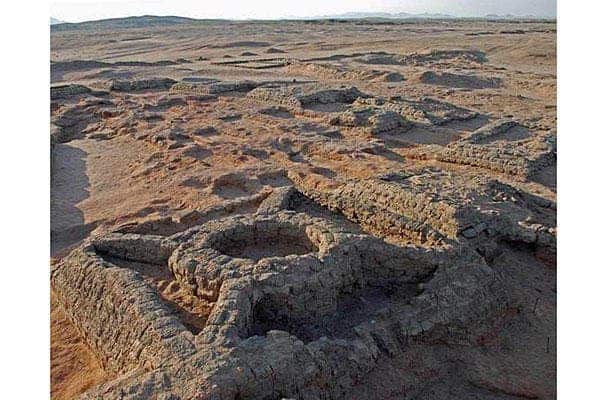
It’s remarkable what astonishing finds archaeologists today still manage to discover. A few years ago, no less than 17 new pyramids were discovered in Egypt. Recently, in neighboring Sudan a most impressive site filled with densely packed pyramids was unearthed, proving once again that there are still many hidden relics left in the world.
The find was made during a field excavation between 2009 and 2012 at Sedeinga, a site in Sudan. Initially some 13 pyramids were found, and today the count has raised to 35, but what’s really astonishing about them is their close density. For instance the initial 13 pyramids were unearthed in an area no larger than a NBA basketball court.
Concerning their dating, the pyramids are believed to be 2,000 years old and were built by the Kush people at a time when the kingdom used to flourish, sharing borders with Egypt and later with the Roman Empire. Most likely, inspiration was drawn from Egypt, despite the pyramids are far from being as imposing as those found in the Valley of the Kings.
“The density of the pyramids is huge,” researcher Vincent Francigny, a research associate with the American Museum of Natural History in New York, told LiveScience.com. “Because it lasted for hundreds of years, they built more, more, more pyramids and after centuries, they started to fill all the spaces that were still available in the necropolis.”
Indeed, the density of the pyramids is rather startling and one can only wonder how rich the site used to be in pyramids during its heyday. Despite the pyramids might not look like much in the photo caption from above, since erosion and a busy camel route damaged the monuments, the Sedeinga site is a fantastic find, no less. Francigny and team leader Claude Rilly also noticed that several Sedeinga pyramids were connected with an inner cupola, or circular structure – a feature unique to the site, never before encountered in other pyramid structures in the world. So despite the Kush people were heavily influenced culturally and religiously by Egypt, they still maintained an unique ritual and architecture.
[READ] How pyramids were built

The largest pyramids found are about 33 feet wide at the base, and the smallest, likely for children, was only 30 inches long. One such child burial place intrigued the researchers at the archaeological site more than usual.
“What we found this year is very intriguing,” Francigny told LiveScience.com. “A grave of a child and it was covered by only a kind of circle, almost complete, of brick.” He said this indicates that pyramid-building in Sedeinga may have been combined with a local circle-building tradition called tumulus construction, LiveScience.com reported.
Despite the Sedeinga site was just recently discovered, it did not remained undisturbed for all these years. Most of the unearthed graves had been looted, still archaeologists managed to discover some artifacts. One of these was a striking offering table depicting the goddess Isis and the jackal-headed god Anubis, which also bears enscription written in he Meriotic language.
Oh Isis! Oh Osiris!
It is Aba-la.
Make her drink plentiful water;
Make her eat plentiful bread;
Make her be served a good meal.


